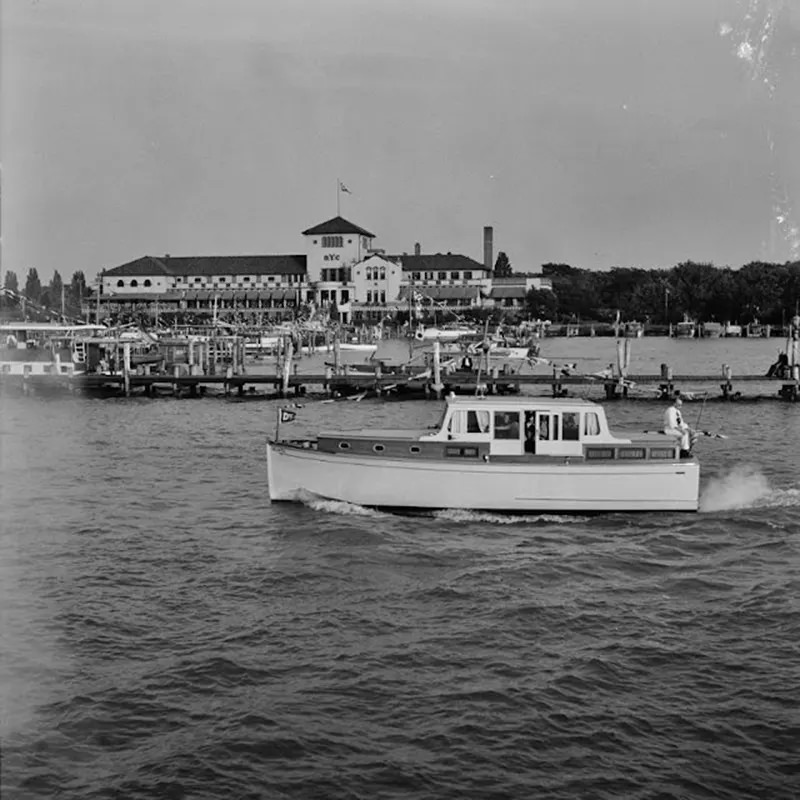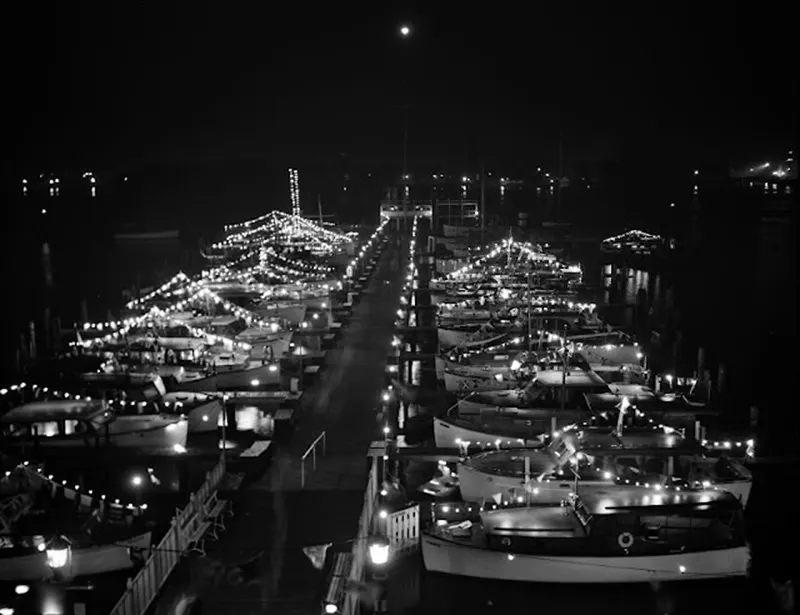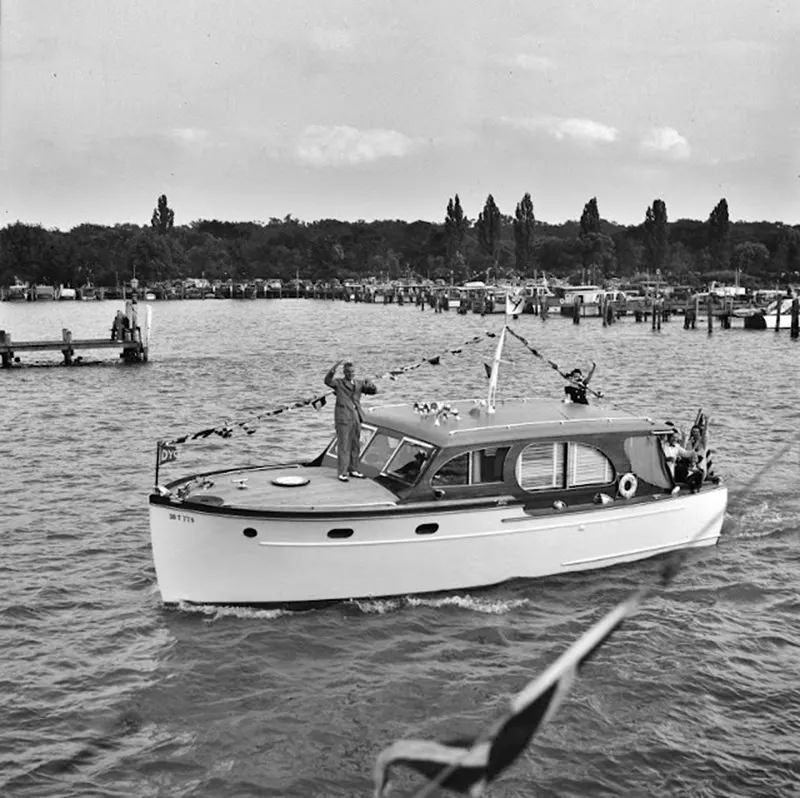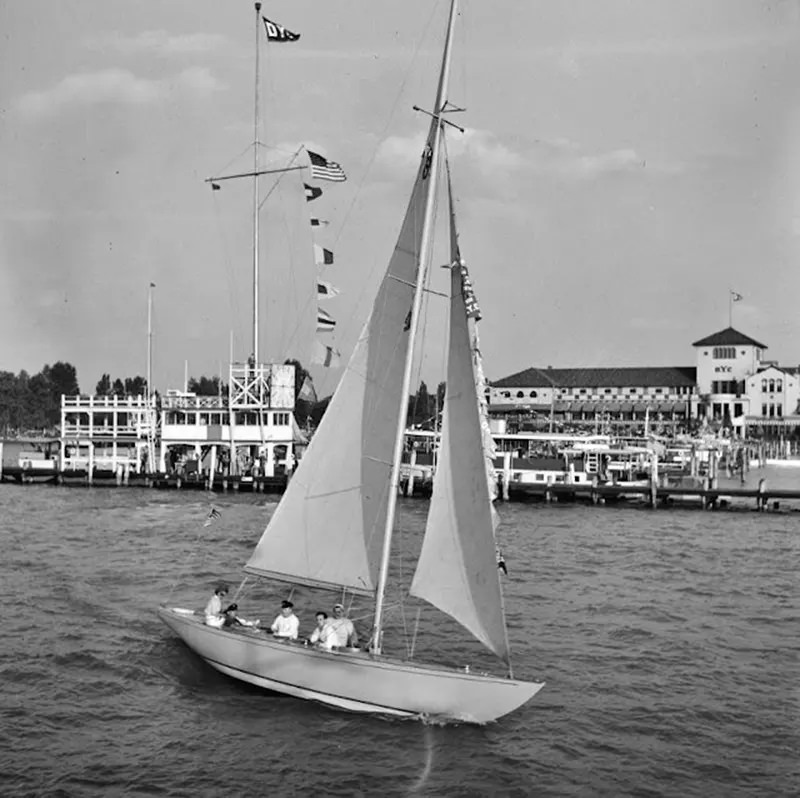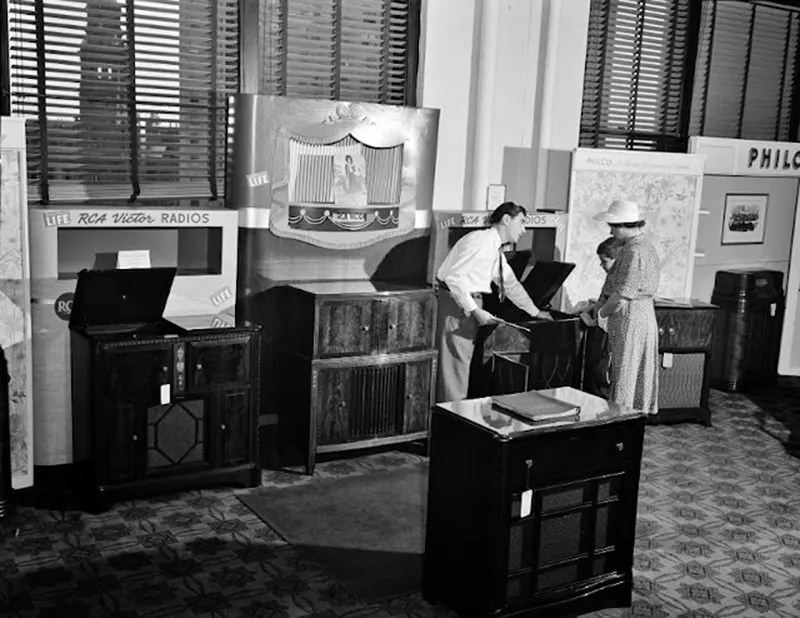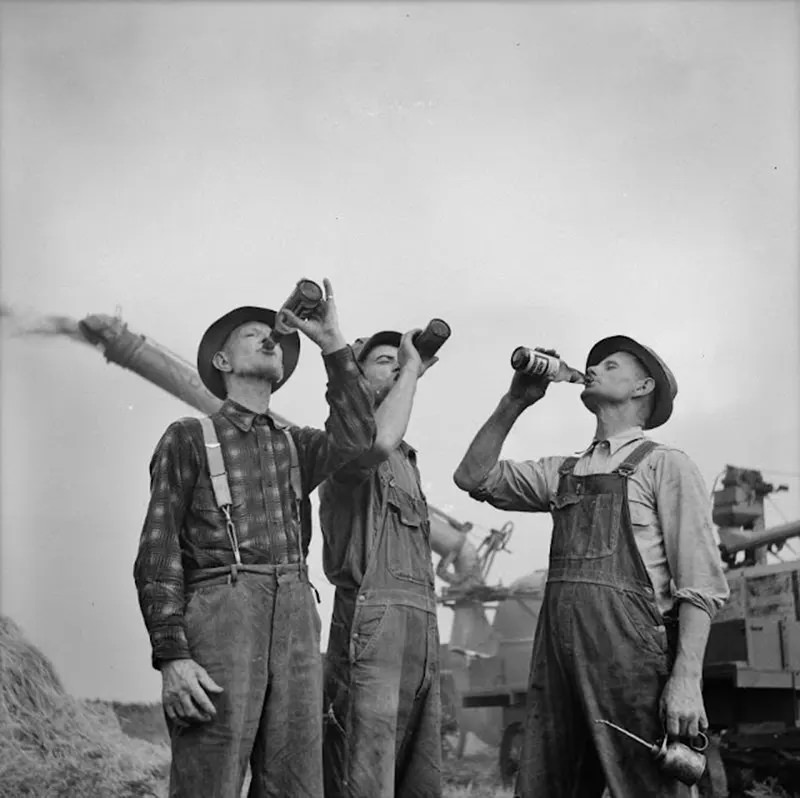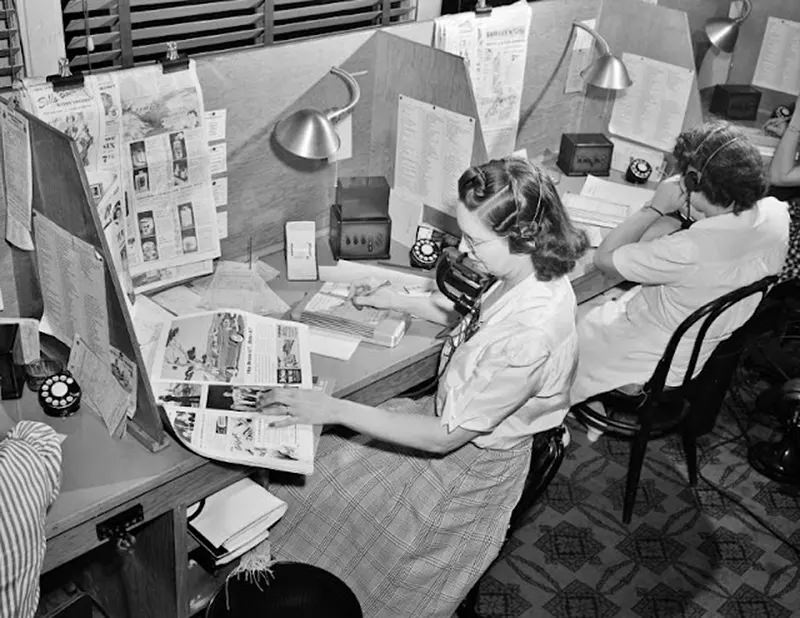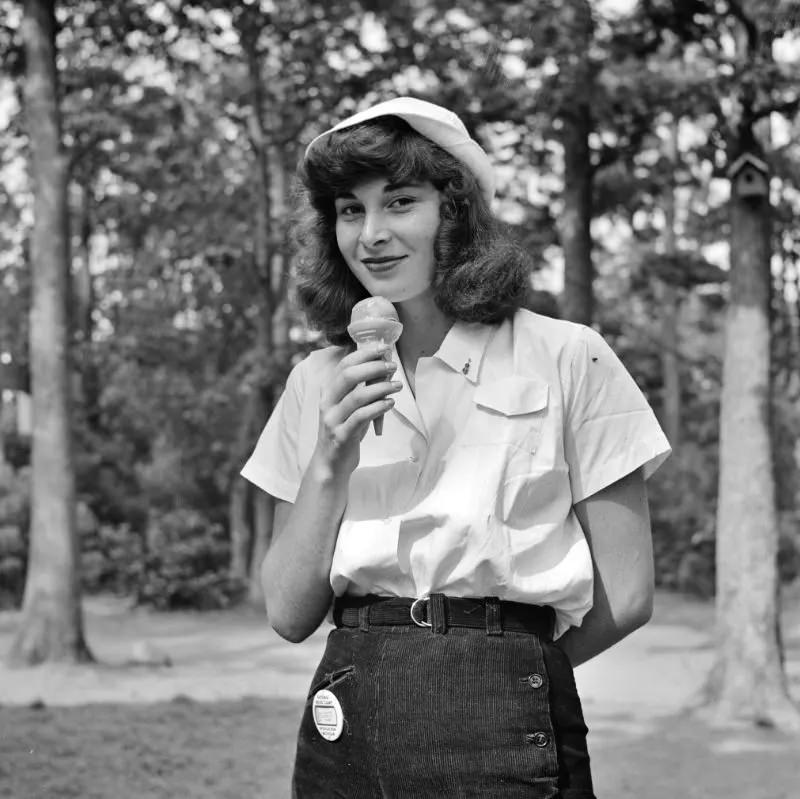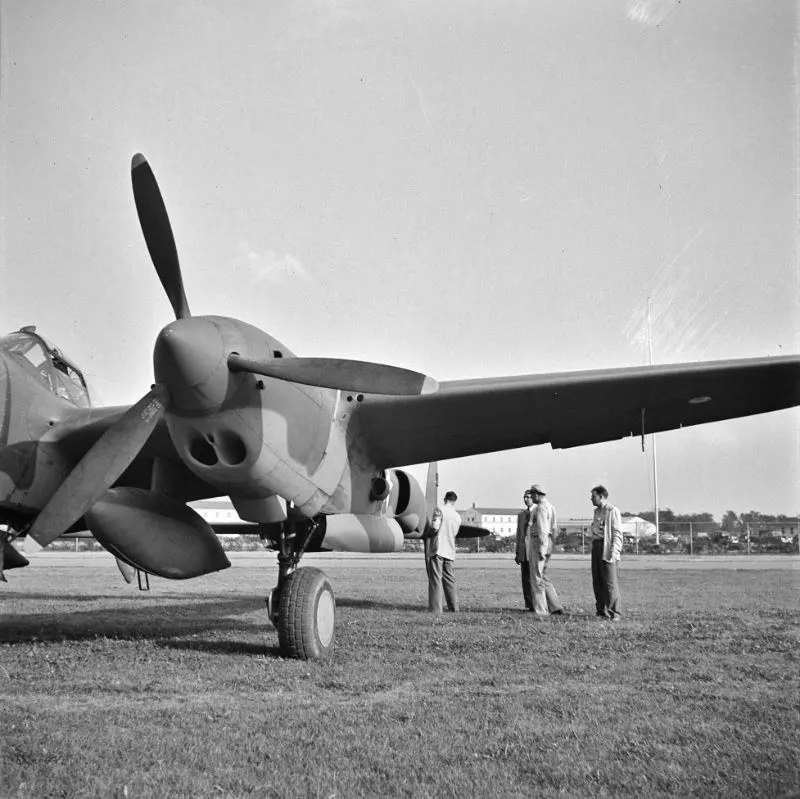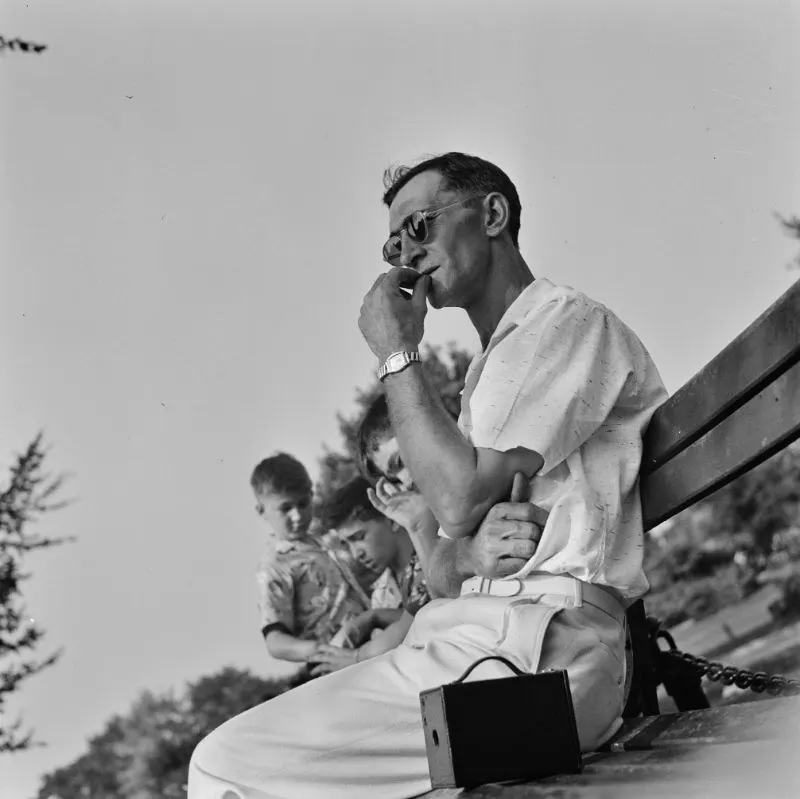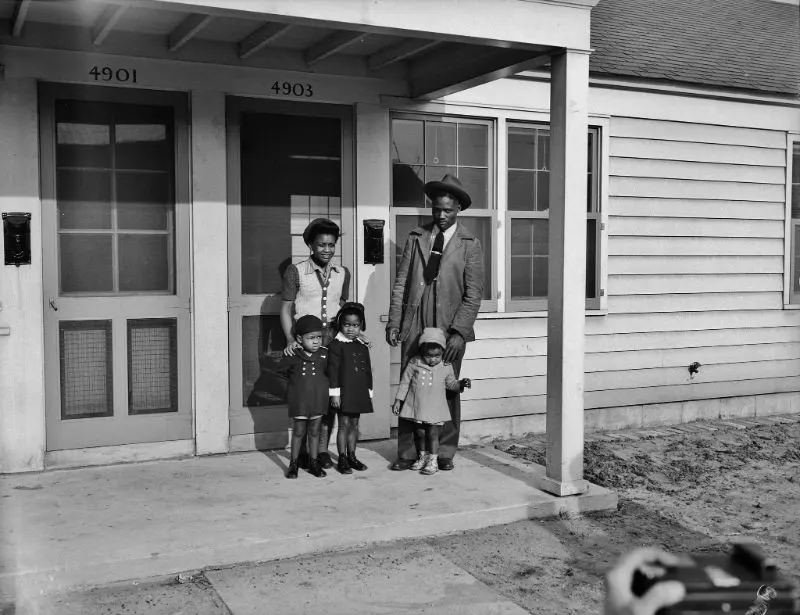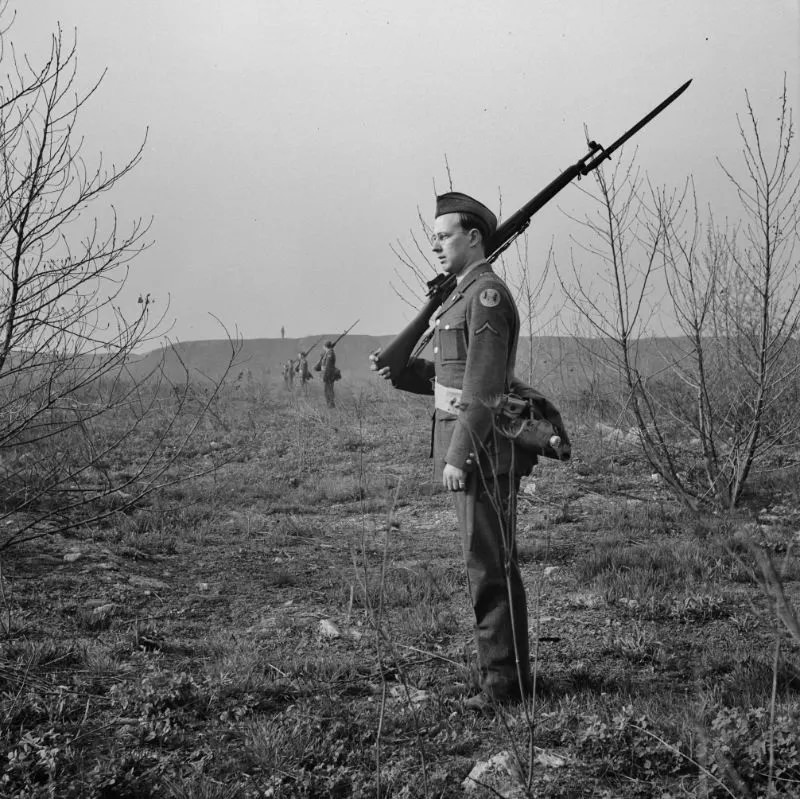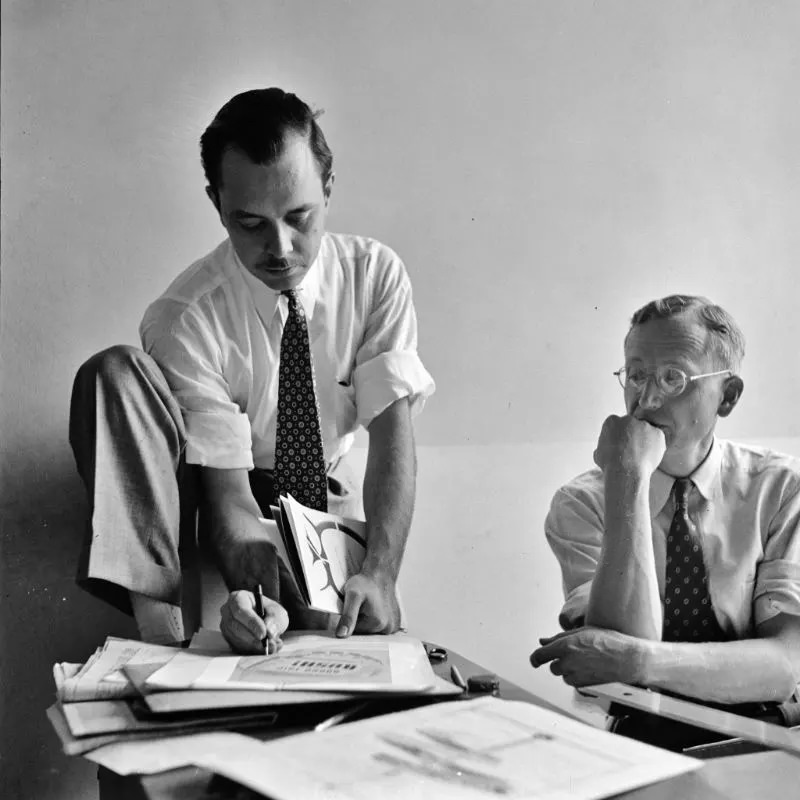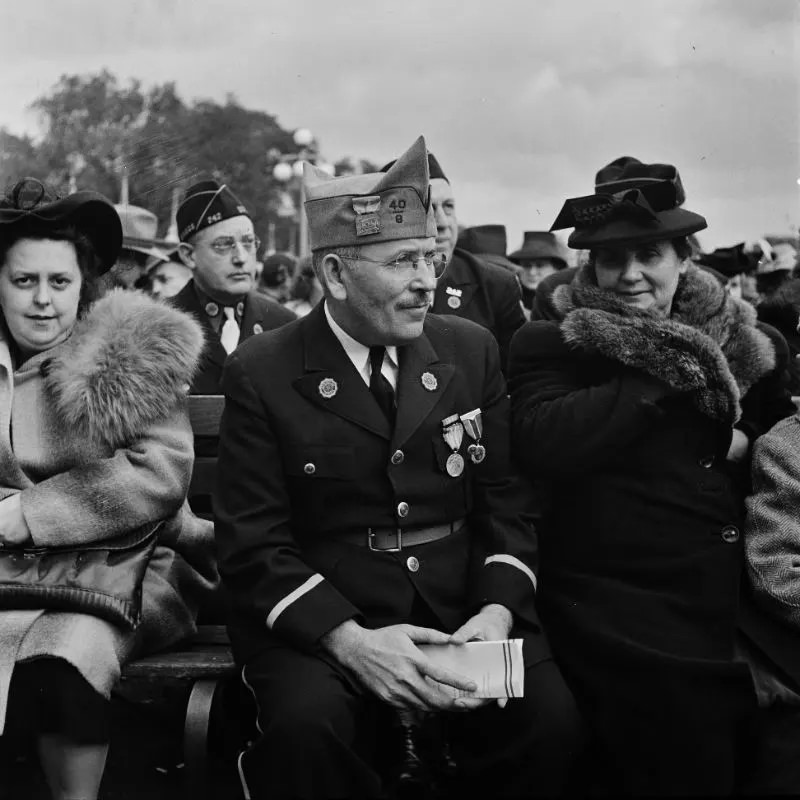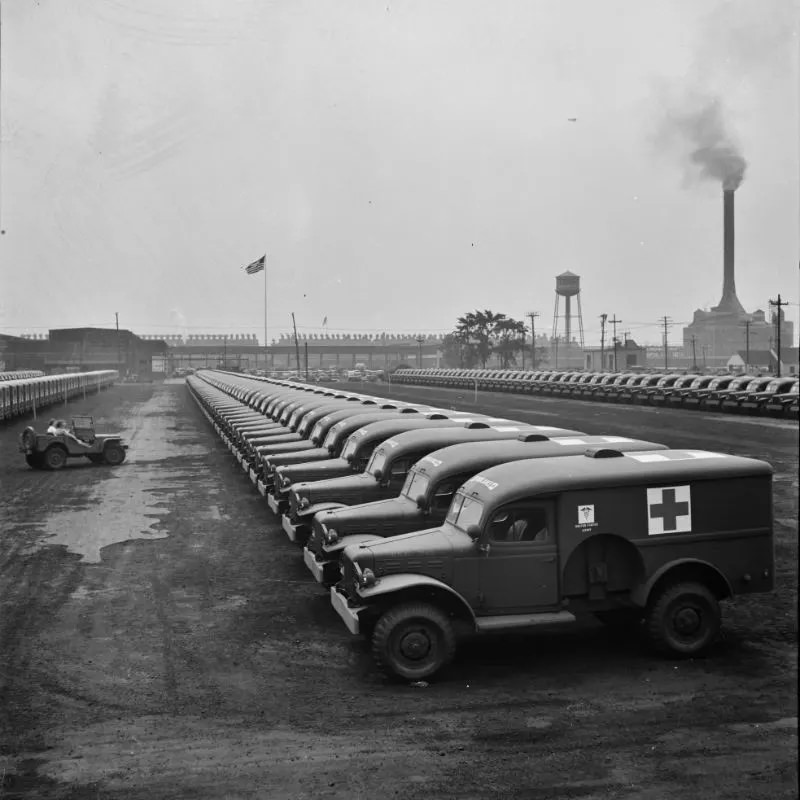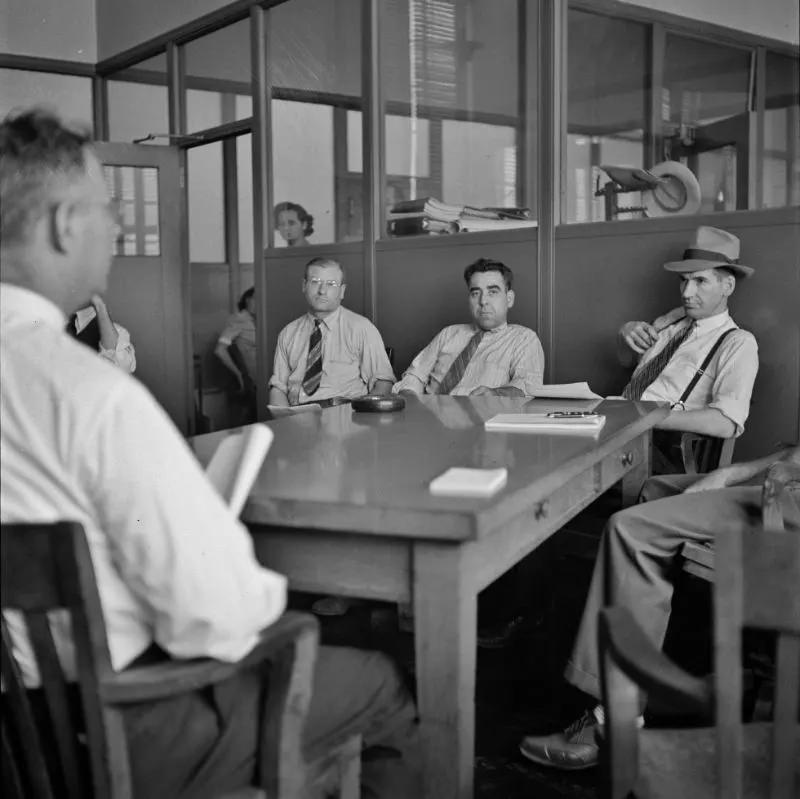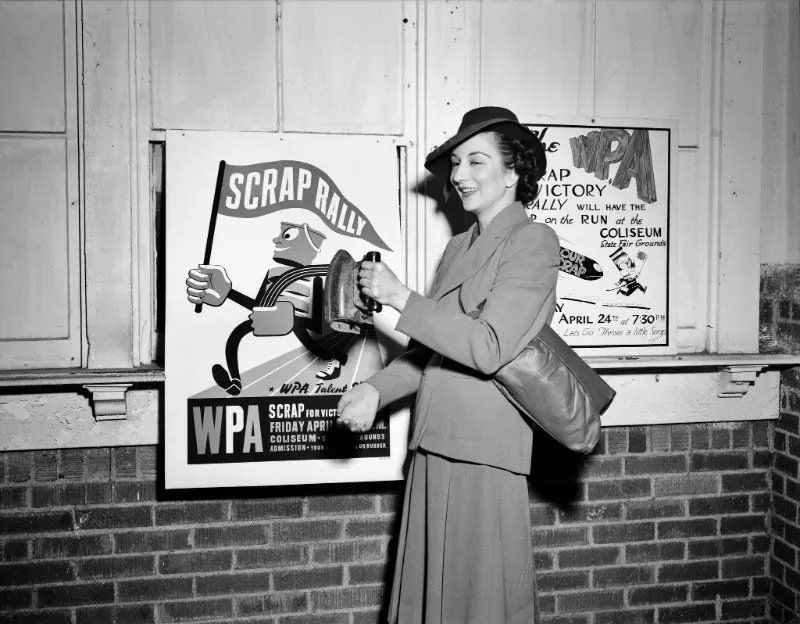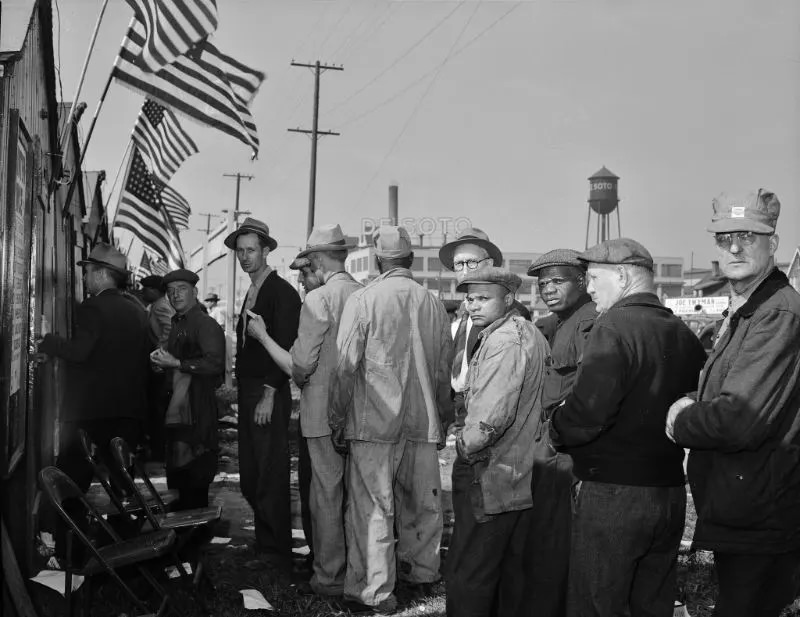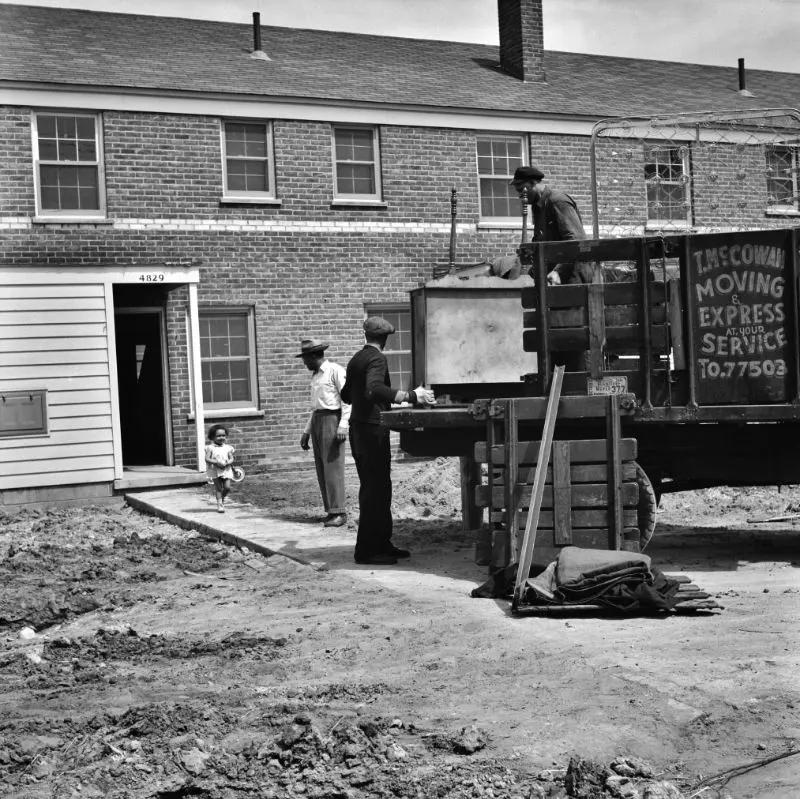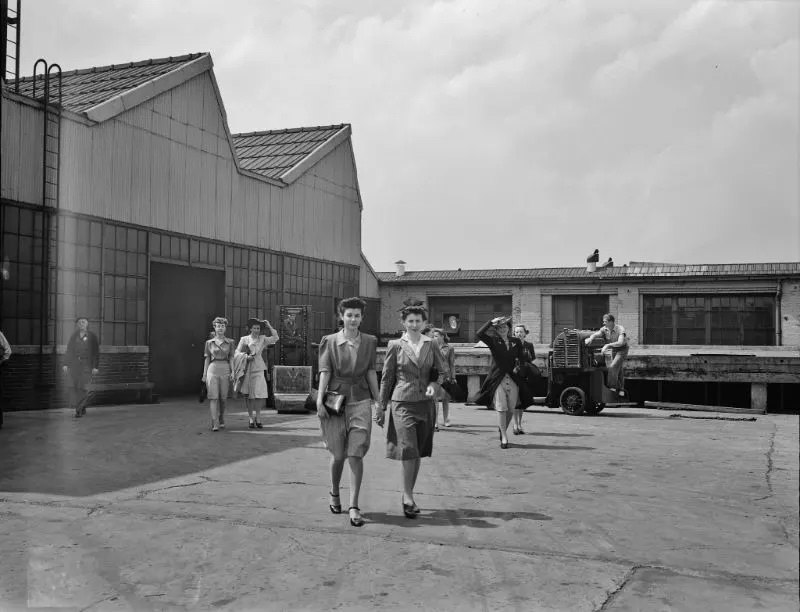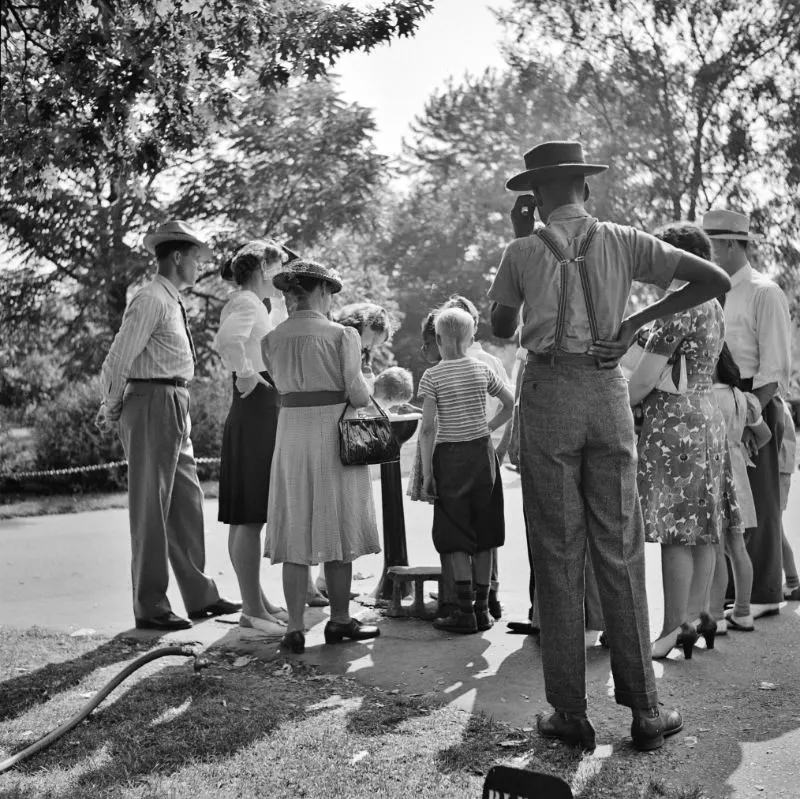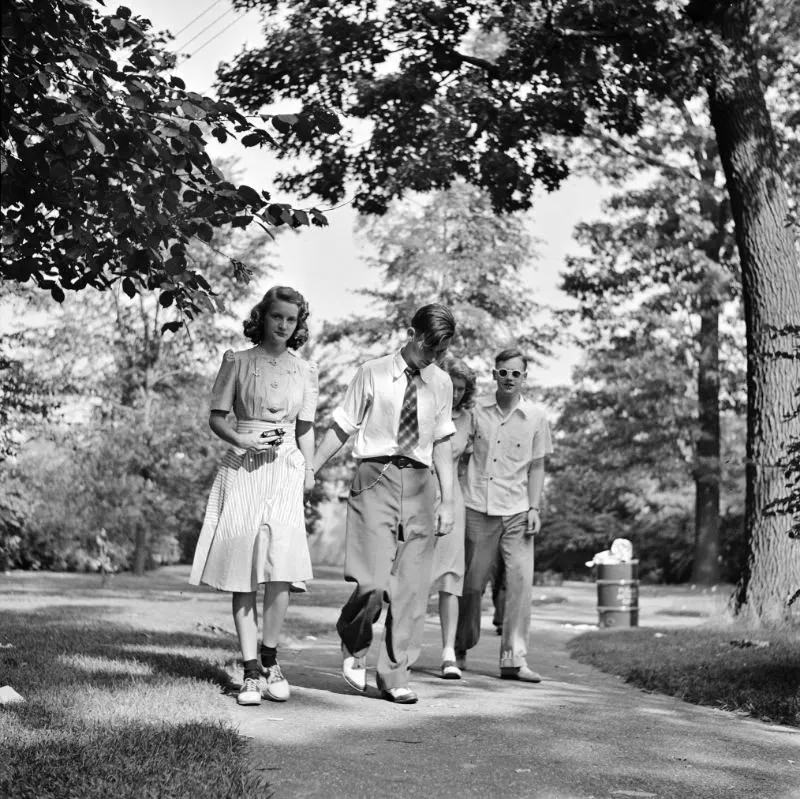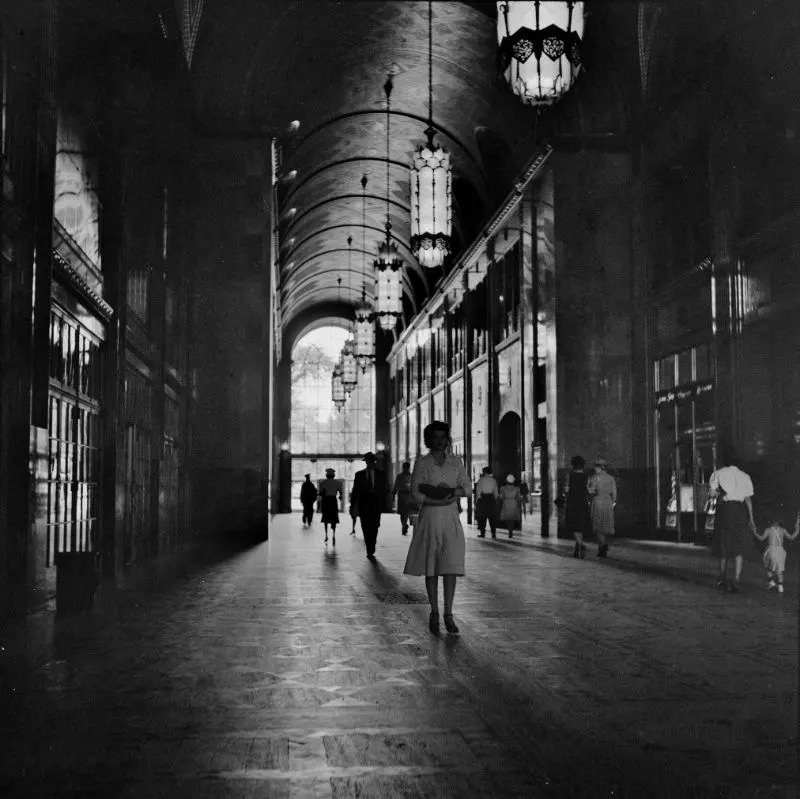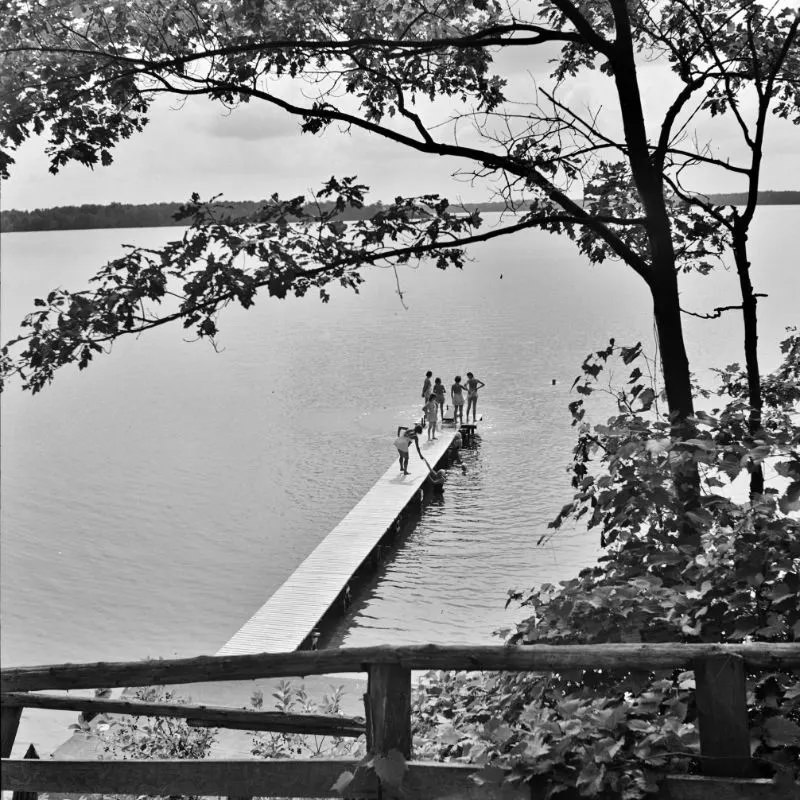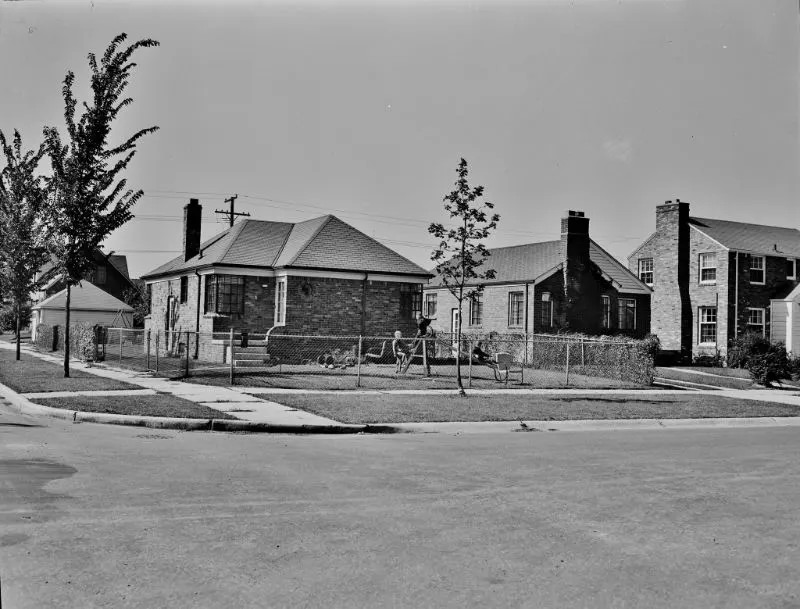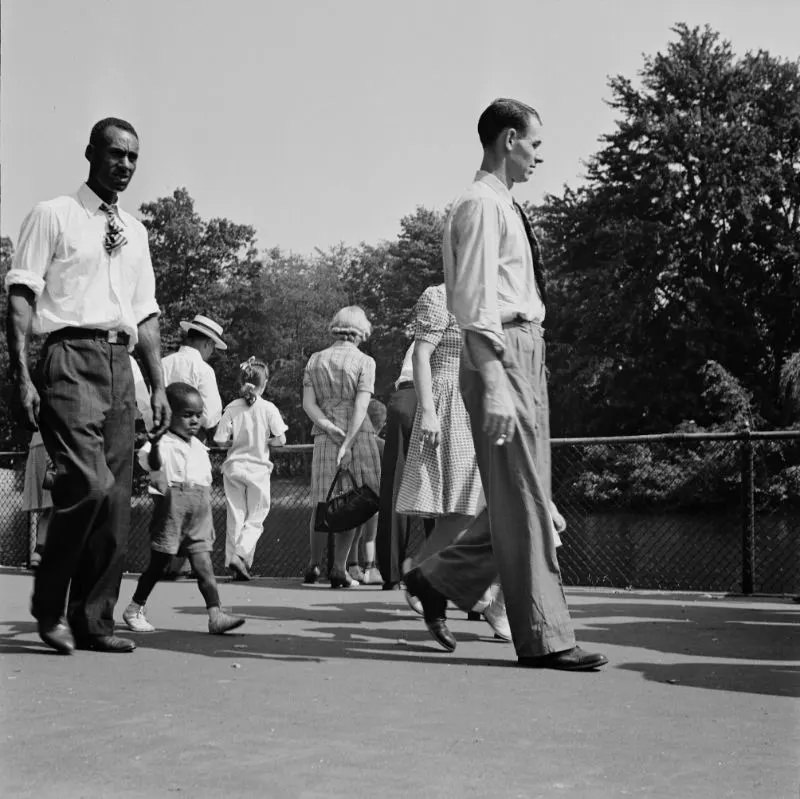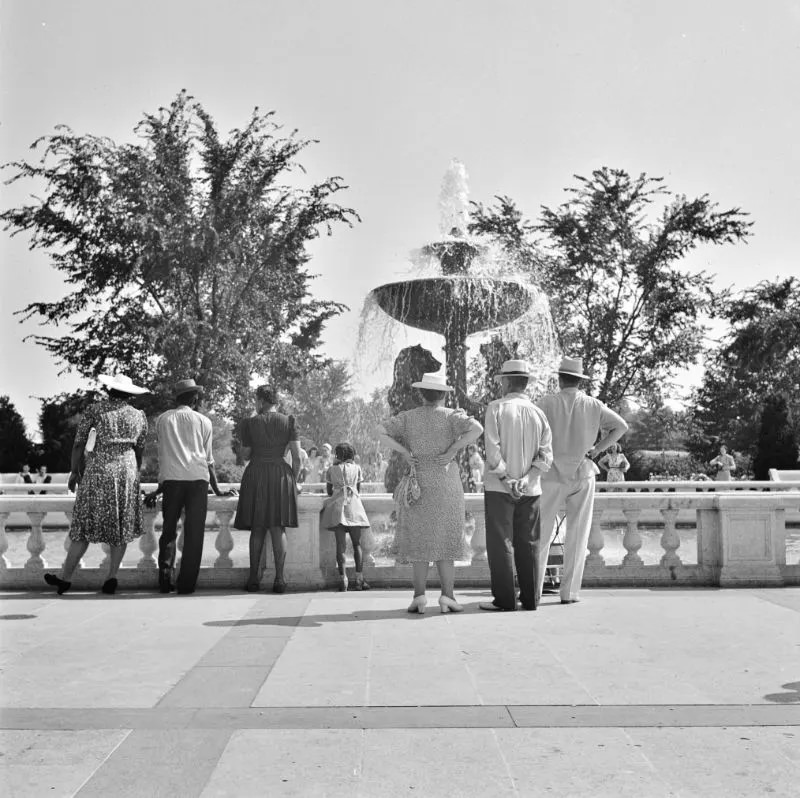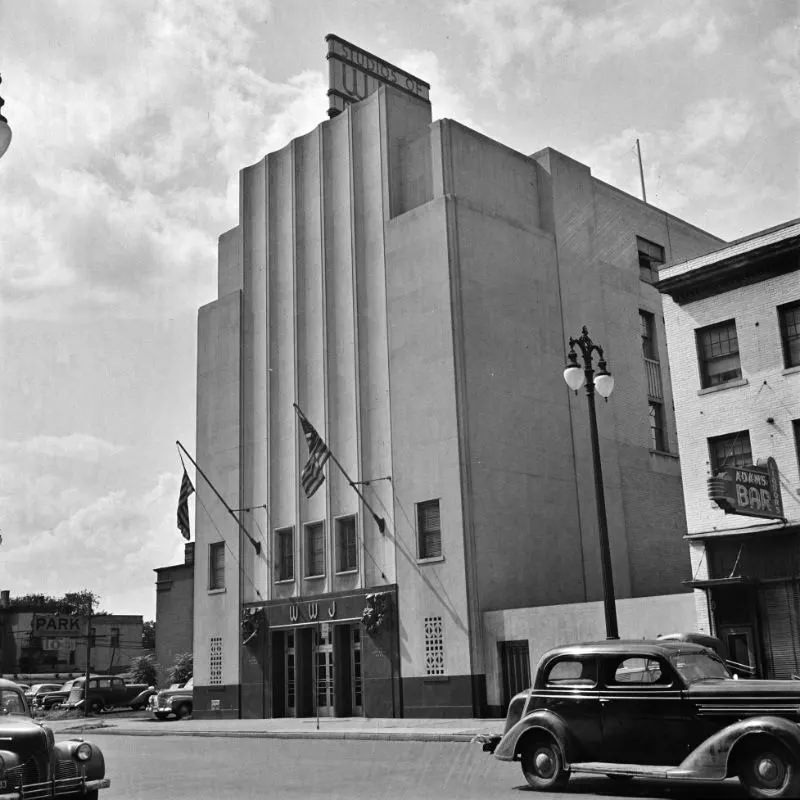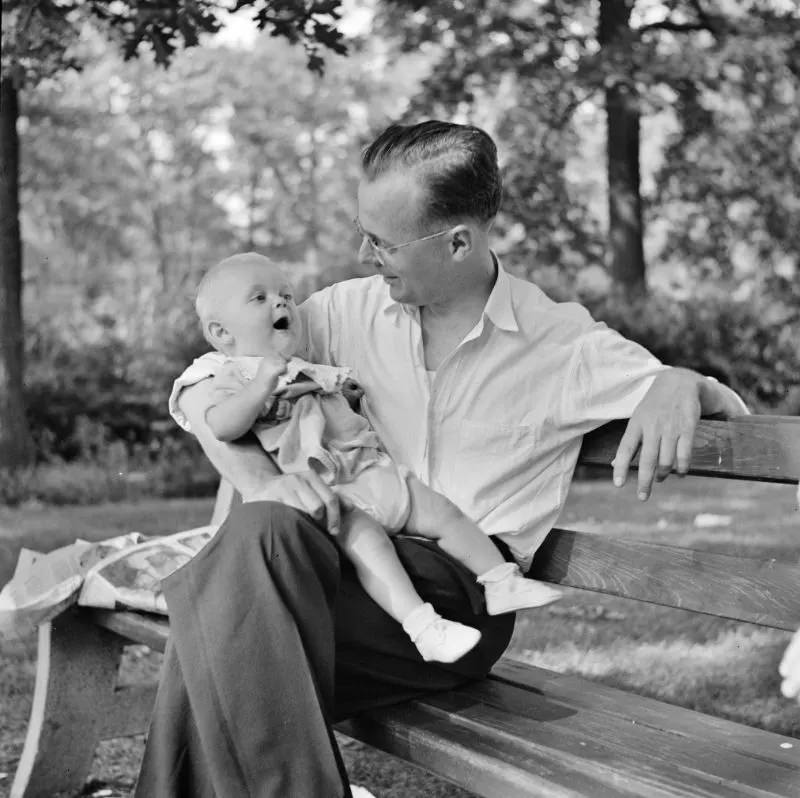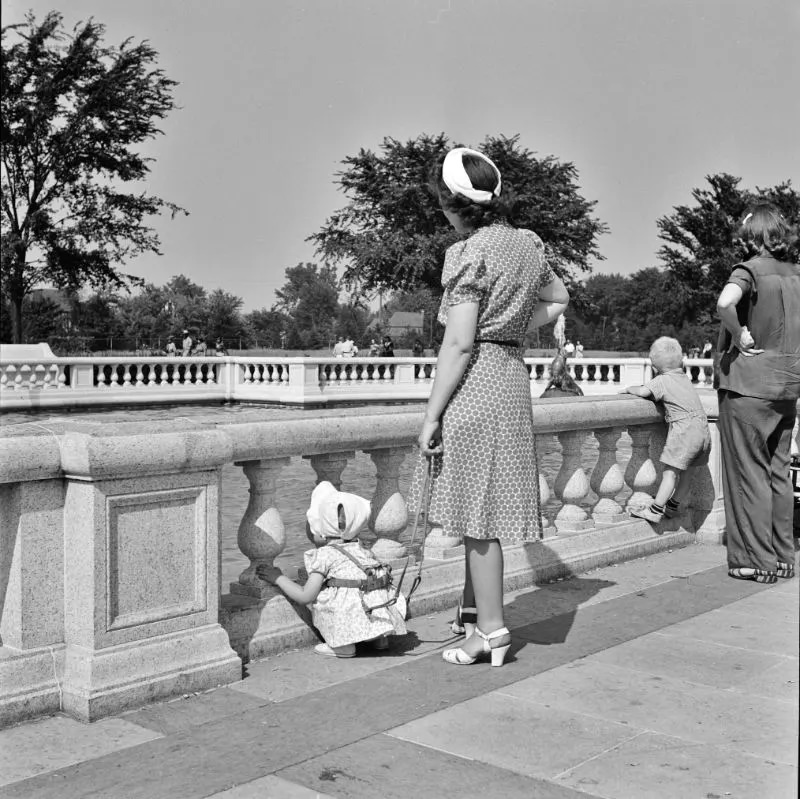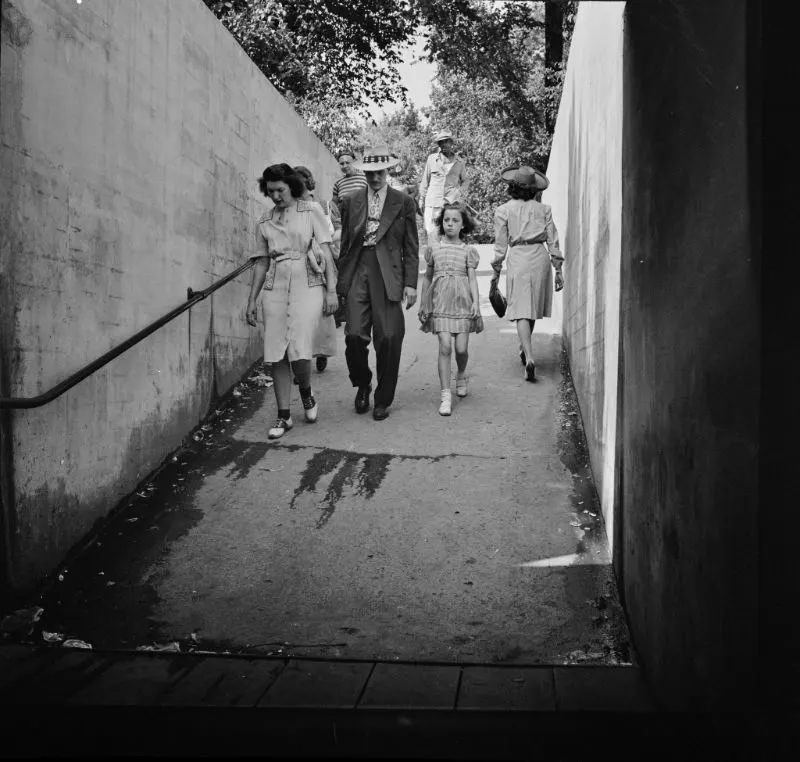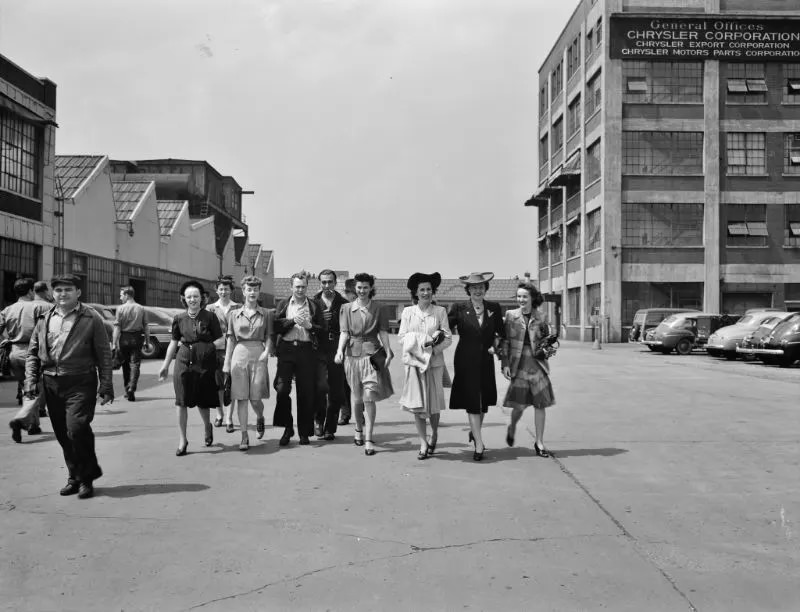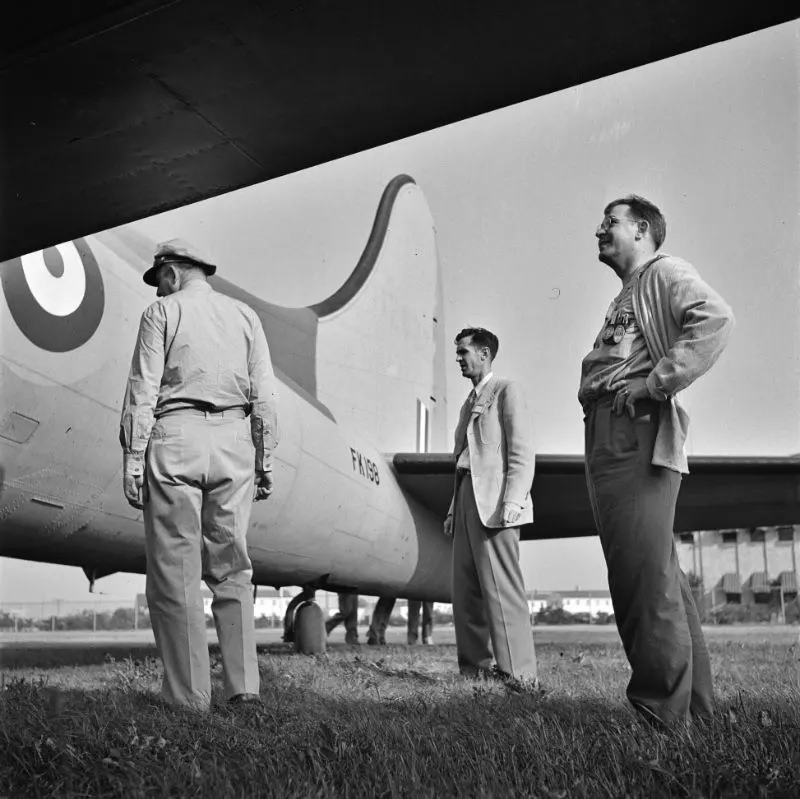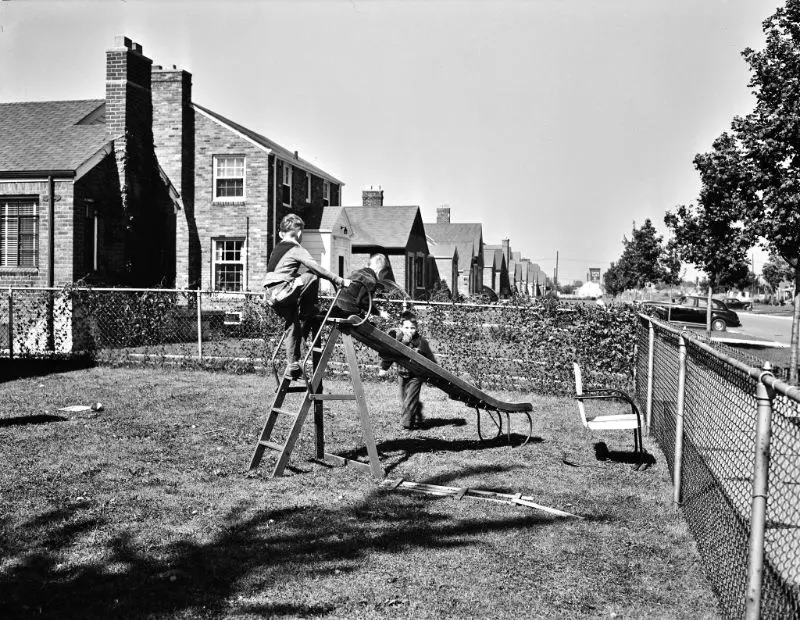Arthur S. Siegel was a prominent American photographer known for his work in the 1940s, particularly for his photographs of the city of Detroit and the state of Michigan. Siegel’s photographs offer a unique perspective on Michigan during this time, capturing the city’s bustling industrial landscape and its residents’ everyday lives.
In the 1940s, Michigan was a state in transition. The Great Depression had ended, and the state was experiencing an economic boom thanks to the booming automobile industry. Detroit, in particular, was a significant center of automobile production, and the city’s population was rapidly growing as people migrated there for work. Siegel’s photographs capture this sense of growth and change, depicting the city’s sprawling factories, busy streets, and bustling neighborhoods.
One of Siegel’s most iconic photographs from this period is “Detroit Industry,” a series of photographs taken at the Ford River Rouge Complex, one of the largest industrial complexes in the world at the time. The photographs show the complex’s factories, conveyor belts, and workers in action, and they convey a sense of the scale and power of the automobile industry.
Siegel’s photographs also capture the everyday lives of the people of Michigan during this period. He photographed families in their homes, workers on the assembly line, and children playing in the streets. Through these photographs, Siegel gives us a glimpse into the lives of ordinary people during this period of rapid industrial growth and social change.
In addition to Detroit and the automobile industry, Siegel also photographed other parts of Michigan, including the Upper Peninsula and rural areas of the state. These photographs contrast the industrial landscape of Detroit and depict a more rustic, agrarian way of life. His photographs offer a unique perspective on the state of Michigan in the 1940s, capturing the bustling industrial landscape of Detroit and the everyday lives of its residents. His photographs capture the sense of growth and change that the state was experiencing at the time, and they offer a glimpse into the lives of ordinary people during this period of rapid industrial development and social change.


